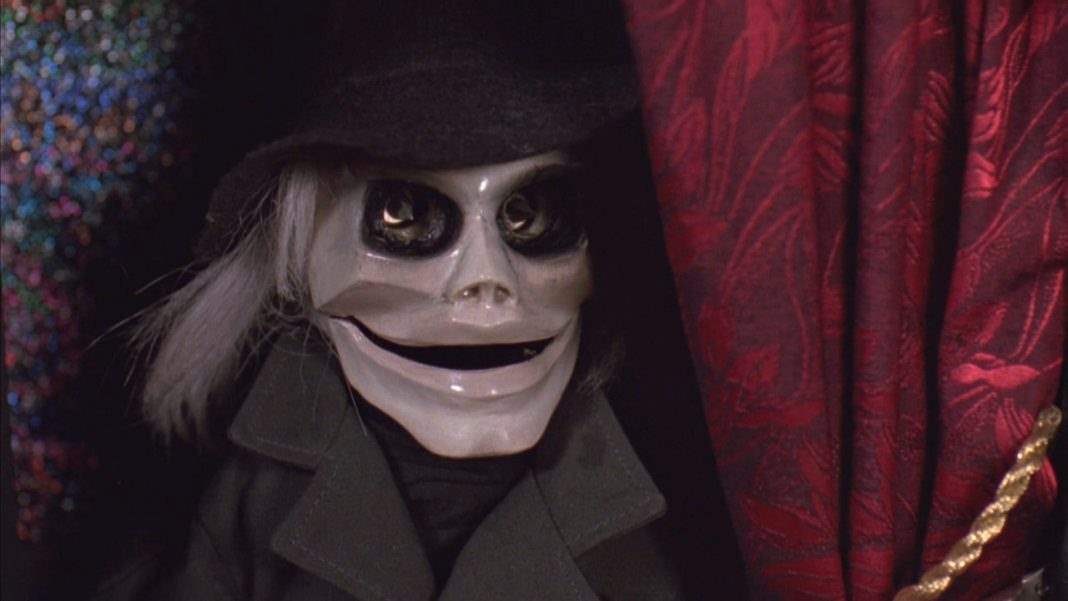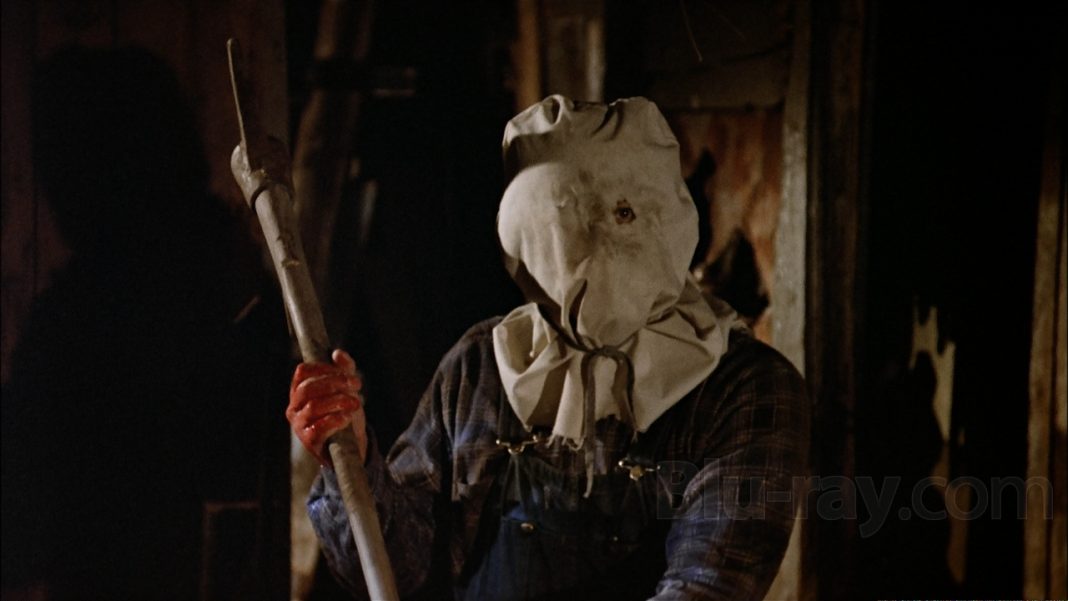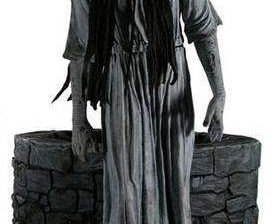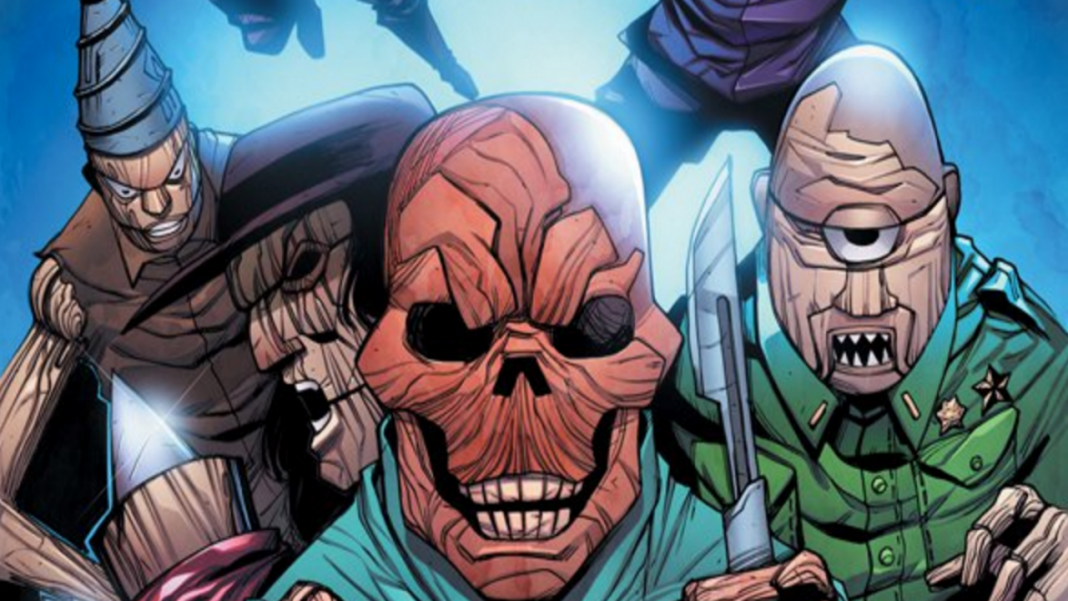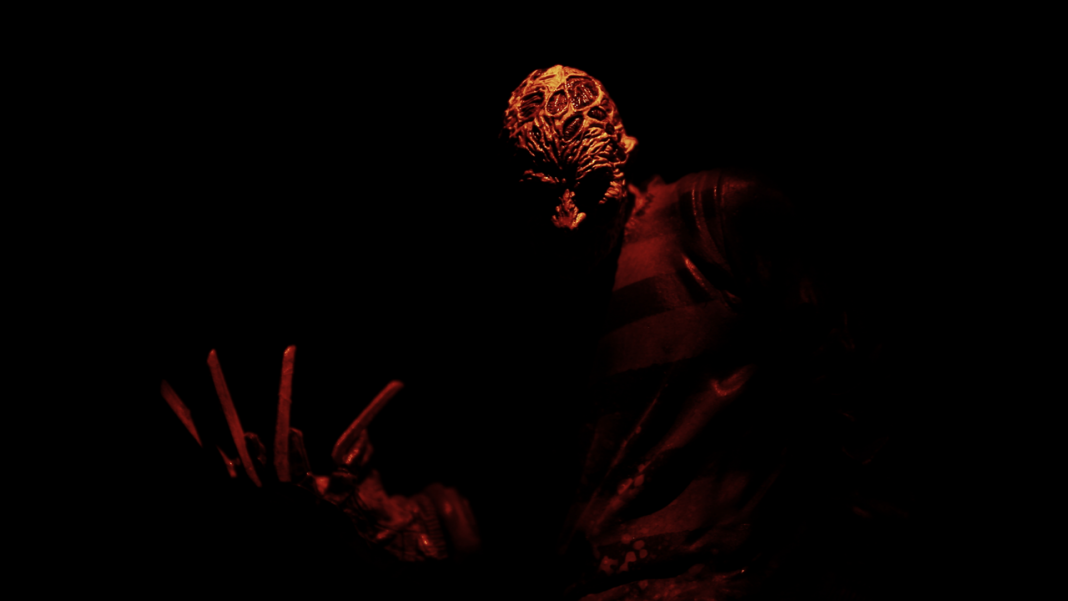The game-changing “Rebirth” arc of Puppet Master has come to its conclusion. Thankfully, instead of giving a full and complete sense of closure, it has instead set up the entire course for the series to come. I definitely see now why the first arc—“The Offering”—was needed in order to tell a traditional Puppet Master story and to reintroduce these characters to readers. This is a series for fans and by fans that relies on some degree of familiarity with the characters and their world. The opening arc gives you a basic idea, but “Rebirth” has taken that idea and spun it on its head. Keep in mind, there are spoilers ahead for anyone not yet caught up.
I expected things would return to status quo at the end of this arc, but I’m very glad to see that that’s not really true. Yes, the puppets are back in their own bodies, which I expected, but there’s a dramatic weight that goes along with that, which will make for interesting reading from here.
Given the intensity of issue #6, I like that Puppet Master #7 starts relatively small. Andre and Elsa have no idea what’s happened to the others. Andre doesn’t seem that worried, but Elsa is. It’s refreshing to see such a proactive Elsa here, one who knows something is up and puts up a fight before she goes down. And the scene of Andre discovering her body (again!) is simply tragic, particularly when the puppet closes in and he just tells it to get it over with.
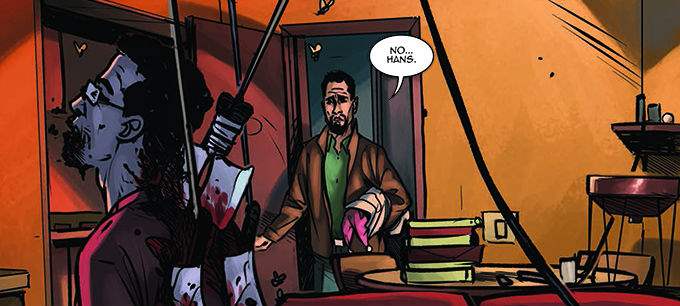 If the issue belongs to anyone, though, it’s Torch. Fans have waited years and years for the origin of this character, which has been slowly teased throughout the “Rebirth” storyline. All—or at least most of—the cards are on the table now in regards to who Torch was and it’s just as tragic as one could expect. From my understanding of the pieces we were given, Torch was Erich, Toulon’s son who ran away and joined up with the Hitler Youth. Andre and Elsa told none of the others about him. When Erich was sent to kill Toulon, he wavered and was killed by Blade before Toulon could explain the situation. The idea that Torch was not only a child, but Toulon’s child adds a deeper layer of context to Puppet Master II as well as the larger franchise as a whole.
If the issue belongs to anyone, though, it’s Torch. Fans have waited years and years for the origin of this character, which has been slowly teased throughout the “Rebirth” storyline. All—or at least most of—the cards are on the table now in regards to who Torch was and it’s just as tragic as one could expect. From my understanding of the pieces we were given, Torch was Erich, Toulon’s son who ran away and joined up with the Hitler Youth. Andre and Elsa told none of the others about him. When Erich was sent to kill Toulon, he wavered and was killed by Blade before Toulon could explain the situation. The idea that Torch was not only a child, but Toulon’s child adds a deeper layer of context to Puppet Master II as well as the larger franchise as a whole.
It’s a little anticlimactic to see that the people currently occupying the puppet bodies are by and large just people picked up off the street and reinforced by the fact that the people they’re killing are bad. Still, it shows how powerful an effect the idea of killing without consequence has. These people probably don’t care who they’re killing, as long as they know they’re going to get away with the act of doing it.
Seeing Erich burst in and take them out with his homemade flamethrower is just one of those moments a fan lives for. In the brief glimpses we’ve been given of him, it’s looked more like he was being set up as a villain, so the fact that he’s actually the one with a game plan and the one who winds up saving them all is a great reveal. Just about everything that Erich/Torch does in this issue packs a punch, but this last minute act of redemption manages to be pretty powerful even though it comes so late.
 At the same time, our larger villain is revealed. Madam Adon claimed that she had a benefactor interested in buying the puppets and this entity she serves proves to be none other than Anapa, son of the demon lord Sutekh from Puppet Master 4 and 5. The callback to the end of 5 is great, particularly the excellent moment when Decapitron wears a Totem’s head in order to see into Sutekh’s domain.
At the same time, our larger villain is revealed. Madam Adon claimed that she had a benefactor interested in buying the puppets and this entity she serves proves to be none other than Anapa, son of the demon lord Sutekh from Puppet Master 4 and 5. The callback to the end of 5 is great, particularly the excellent moment when Decapitron wears a Totem’s head in order to see into Sutekh’s domain.
My only real complaint when the demon makes himself known is the fact that he doesn’t actually look any different from Sutekh himself. He looks more like a copy than an offspring, and you would think this would have been a strong opportunity to create a new creature. On the other hand, the design of Sutekh in those movies was strong and underused, so the comic has the potential to make the most out of that original look.
Erich also reveals that Anapa has been coming to him in his dreams. While this is clearly meant to set up the next storylines, it raises questions as to why Anapa would target the boy more than any of the others. I have faith that this is something that the book will address as it continues.
But it does lead one to wonder how these things will be addressed. We had a precious few more moments of the former puppets interacting with one another while in Sutekh’s Hell, before Erich came and found them a way out. But what happens now that they have been returned to their puppet bodies? With how much character development we’ve gotten to see over the past couple issues, I hope that there is some way to continue that, somehow. Whether it be through interior monologue or something, I would be sad if the glimpse we’ve gotten into the thoughts of these characters were to disappear entirely.
Still, like the issues immediately preceding it, there is great character work here. There is a powerful moment in particular when Andre acknowledges that he brought each and every one of them into this for selfish reasons and makes sure that their decision to move forward is well and truly up to them. But the crux of the comic is when Erich points out that as much as they all wished to be free, their freedom came at far too great a cost. These puppets are too dangerous in the wrong hands. This sense of responsibility for their wooden bodies not only changes the dynamic, but seems to be the point of the entire storyline. They may long to be free from those puppets, but they don’t trust anyone else inside of them.
This was a satisfying end to what is easily one of my favorite Puppet Master tales in a long, long time. The next arc will be just as enticing for fans as it addresses questions going all the way back to Puppet Master II. As a fan of both the movies and the comic, I can’t wait to see what happens.
WICKED RATING: [usr 8]
